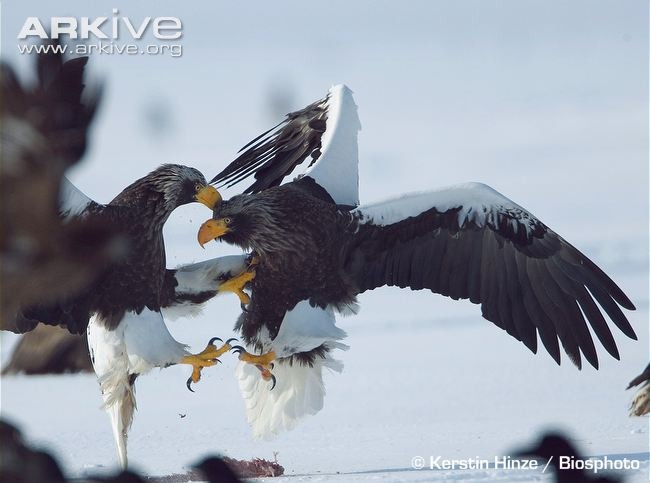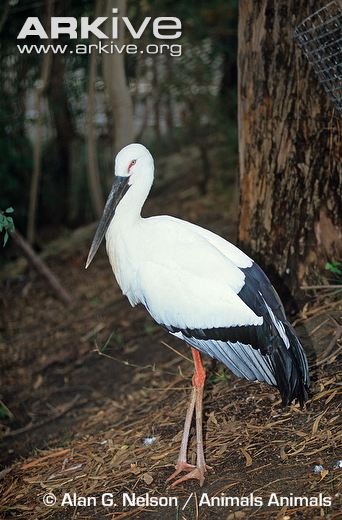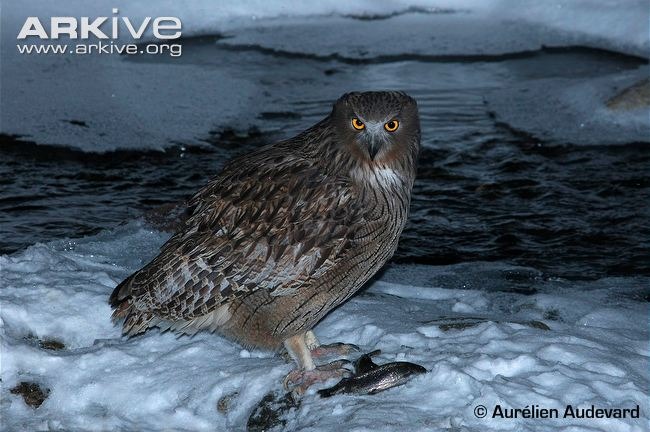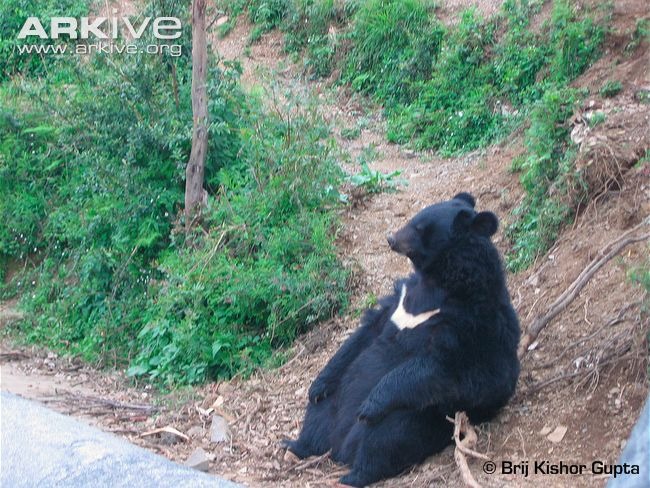2018/09/07 18:00
Japan is a small island nation but there are actually more wildlife and endangered species than you think.
The 7 endangered species designed on this tote bag are in fact very well known animals, but I think many of you will be surprised to hear that they are in fact endangered...!





https://www.arkive.org/stellers-sea-eagle/haliaeetus-pelagicus/image-G114528.html
Steller's sea eagle
Known as the heaviest eagle in the world, and in fact the largest within Japan. They breed in eastern Russia during the summer and flies over to Japan, Korean peninsula and northeaster China to spend the winter. The average lifespan in the wild is 20~25years but in captivity they can live double the time. A rescue Steller's that died in Ueno Zoo in 2015 was approx. 42 years old!
1970 they became a Natural Monument of Japan.
- captured for their tail feathers
- killed as vermin (in Russia)
- habitat destruction
- lead poisoning
are main reasons they are endangered.
IUCN: VU (Min. of Env. red list: VU)

https://www.arkive.org/oriental-white-stork/ciconia-boyciana/image-G13169.html
Oriental stork
Long and lean, they are large birds with vibrant red legs and red skin around the eyes!
They populate similar ranges as the Steller's, but sadly they became extinct in the wild in Japan. Hyogo prefecture in western Japan began a conservation project in 2005, and in 2007 they were successful with their first breeding. Reintroductions have already been made and they have a conservation park dedicated to the storks!
Hyogo Park of Oriental White Storks→http://www.stork.u-hyogo.ac.jp/en/
- water pollution
- habitat destruction
- less prey
- deforestation
are main reasons they are endangered
IUCN: EN (Min. of Env. red list: CR)

https://www.arkive.org/blakistons-fish-owl/ketupa-blakistoni/image-G127845.html
Blakiston's fish owl
World's largest owl species that populate Hokkaido (Japan) and Russia.
They were hunted by tribes in Russia for food source. On the other hand, Ainu people in Hokkaido respected them as Kotan Kuro Kamui, which means the divinity that protects the town.
From the 1980s they have been successful with breeding projects, but because their habitat range is too small it has been difficult to increase the population drastically.
In 1971 they became a Natural Monument of Japan.
- water pollution
- habitat destruction
- less prey
- deforestation
make them endangered species.
IUCN: EN (Min. of Env. red list: CR)

https://www.arkive.org/asiatic-black-bear/ursus-thibetanus/image-G22198.html
Asian black bear
They have a wide habitat range from Japan, Korea, China, to middle east, central and southeastern Asia.
In Japan these bears became regionally extinct in 2012, so today they are only found on mainland Honshu and Shikoku island. Bear bile is important in traditional Chinese medicine and bear bile farms have been a big problem in some asian countries...
- deforestation
- habitat destruction
- human conflict
- captured for bear bile
- caught on traps meant for other animals
IUCN: VU
continued on next blog...
